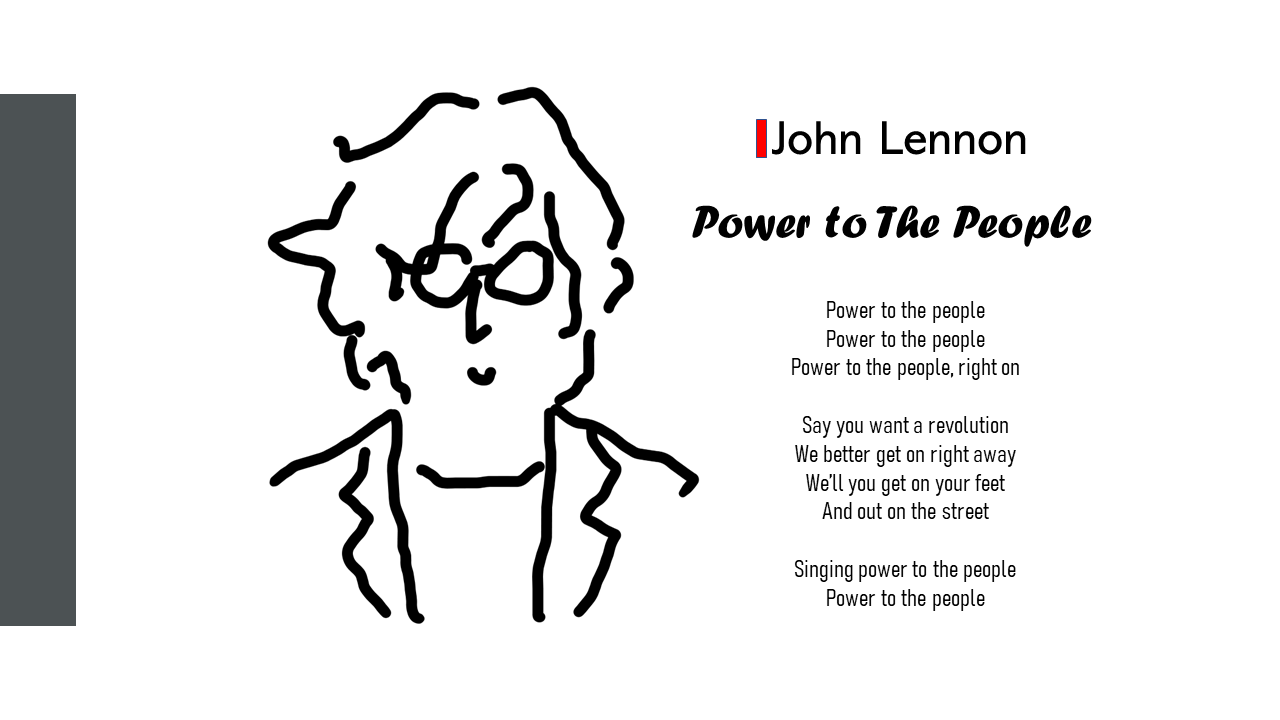Chapter 1: Introduction
Power Sentence: “When institutions fail, People Power rises as the ultimate safeguard of freedom.”
Between 2020 and 2025, societies faced multiple shocks: pandemic management controversies, digital surveillance expansion, corruption scandals, and war in Europe. Across nations, citizens mobilized—through protests, civic platforms, and digital activism—demanding transparency, accountability, and sovereignty.
This thesis explores the emergence of the People Power System as both a reaction to failing institutions and a proactive model for future governance.
Chapter 2: Literature Review
- Civil Society & Democracy Theory: Tocqueville, Dahl, Habermas → people as checks against elites.
- Disruption Theory Applied: Christensen’s model adapted to political institutions.
- Digital Activism: Rise of decentralized tools (Twitter/X, Telegram, blockchain voting).
- Research Gaps: Missing holistic framework linking citizen empowerment to measurable governance outcomes.
Chapter 3: Research Methodology
- Frameworks Used:
- ROICE (Return on Innovation, Convenience & Efficiency): measuring impact of People Power actions.
- Strategic Chess Game Model: simulating People vs. Elite moves.
- Approach:
- Case study comparison (Austria, Ukraine, France).
- Scenario planning (2020–2025 baseline + futures).
- Mixed-method analysis: media, financial flows, citizen surveys.
Chapter 4: The People Power Landscape 2025
- Drivers: Covid response failures, economic inequality, war mobilizations.
- Tools: Social media, crowdfunding, citizen journalism, blockchain for transparency.
- Challenges: Disinformation, elite pushback, legal repression.
- Baseline 2025:
- Declining trust in mainstream media & state.
- Growing networks of decentralized citizen initiatives.
- Fiscal and institutional opacity under fire.
Chapter 5: The AI-Powered Disruption Model
- 10 AI Levers for People Power:
- AI fact-checking
- Blockchain transparency
- Citizen dashboards
- AI-driven watchdog journalism
- Collective intelligence platforms
- Predictive protest mobilization
- AI whistleblower protection
- Deepfake detection
- Real-time corruption tracking
- AI governance simulations
- Integration with ROICE: Citizens gain innovation, convenience, efficiency → elites lose opacity rents.
Chapter 6: Case Studies & Scenarios (2020–2025)
- Covid Procurement Transparency – Austria: citizen watchdogs reveal opaque deals in COFAG & PPE contracts.
- Surveillance Systems – France & EU: resistance to biometric ID rollouts, rise of citizen privacy shields.
- AI Media Manipulation – Eastern Europe: counter-narratives & decentralized channels weaken state propaganda.
- Whistleblower Protection – Global: AI-secured leaks expose corruption while shielding identities.
Scenarios 2025–2030:
- Scenario A: Controlled Pushback – elites contain protests, people power remains niche.
- Scenario B: Parallel Governance – citizen dashboards become widely used, trust shifts away from state.
- Scenario C: Hybrid Sovereignty – formal governments integrate AI-citizen systems.
- Scenario D: People Power Dominance – new constitutional orders emerge from citizen networks.
Chapter 7: Strategic & Financial Impact
- Strategic Impact
- Shift in legitimacy from elites → citizen networks.
- Media hegemony disrupted, replaced by plural ecosystems.
- Citizen platforms rival traditional institutions in influence.
- Financial Impact
- Elites lose: opacity rents (procurement margins, lobbying revenues).
- Citizens gain: fiscal recovery, improved efficiency of public spending.
- ROICE Scoreboard (2025 Baseline vs. 2030 Projection):
- Transparency +30%
- Fiscal efficiency +25%
- Citizen trust +40%
- Elite opacity rents −35%
Chapter 8: Discussion
- Disruption Theory Tie-In: People Power resembles disruptive entrants—small, agile, tech-enabled—challenging incumbent elites.
- Difference vs. Market Disruption: elites can legislate against challengers; suppression risk is higher than in business.
- Lessons Learned
- Technology empowers but is not sufficient—organization matters.
- Transparency platforms succeed when paired with fiscal/legal action.
- Hybrid models (state + citizen integration) are more stable than full confrontation.
Chapter 9: Conclusion & Recommendations
Power Sentence: “The 2020–2025 wave of People Power is not a passing protest—it is the prototype of 21st-century democracy.”
- Synthesis
- Citizen power has moved from streets to systems.
- AI is the key lever to scale transparency, accountability, and participation.
- 2020–2025 created the infrastructure; 2025–2030 will decide if it institutionalizes.
- Recommendations
- For Citizens: build interoperable transparency platforms, link national movements globally.
- For Policymakers: integrate citizen dashboards instead of repressing them.
- For NGOs/Academics: standardize ROICE-based metrics for governance impact.
- Roadmap 2025–2030
- 2025–2026: expand citizen dashboards, integrate blockchain auditing.
- 2027–2028: hybrid governance models tested in pilot cities.
- 2029–2030: institutional shift—People Power as recognized governance pillar.
Conclusion & Recommendations (People Power System 2020–2025 | Master Edition)
Power Statement:
“The 2020–2025 wave of People Power is not a fleeting protest—it is the prototype of 21st-century democracy, where citizens use AI, networks, and transparency to reclaim sovereignty from entrenched elites.”
Final Synthesis
- The People Power era (2020–2025) demonstrated that collective intelligence, digital platforms, and AI-enabled tools can challenge entrenched elite systems.
- Unlike earlier protest cycles, citizens are building alternative governance mechanisms—blockchain voting, open-source transparency, and citizen journalism—that scale beyond street demonstrations.
- The Strategic Chess Game analysis shows elites remain adaptive but brittle: they rely on secrecy, while People Power thrives on visibility and decentralization.
- ROICE analysis reveals that when citizens organize, the return on innovation, convenience, and efficiency far exceeds elite-driven, opaque systems.
Recommendations & Roadmap 2025–2030
- Build Citizen Platforms:
- Develop open-source, AI-powered transparency dashboards (budgets, lobbying, procurement).
- Expand citizen-driven fact-checking and investigative journalism networks.
- Institutionalize Digital Democracy:
- Introduce blockchain-enabled local referenda.
- Enable direct citizen proposals to parliaments via secure AI-moderated portals.
- Strengthen Economic Sovereignty:
- Support citizen cooperatives in energy, food, and healthcare to reduce dependency on oligopolies.
- Redirect taxation into visible community ROI projects, measurable via ROICE dashboards.
- Protect People Power Infrastructure:
- Guarantee whistleblower protections.
- Secure citizen platforms against surveillance





